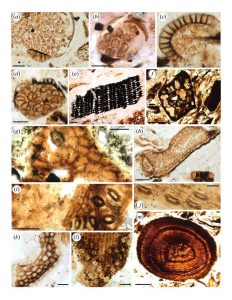
The remarkable findings of a research partnership between Brandon University, the University of Saskatchewan and the Royal Tyrrell Musuem have been lauded by CNN as some of 2020’s “most fascinating and awe-inspiring discoveries.”
Brandon University Biology Professor David Greenwood, research associate Cathy Greenwood and student Jessica Kalyniuk were part of a research team that were able to take the best look yet at a dinosaur’s last meal, found in the preserved stomach of a fossilized nodosaur in Alberta.
The research, published in June by Royal Society Open Science, made waves around the world, hitting media outlets including the BBC, National Geographic, and CNN.
CNN was so captivated by the discovery that it landed on their year-end list, along with such discoveries as the oldest known Homo erectus skull and stardust pre-dating our own sun found in a meteorite in Australia.
The entire CNN list can be found here: cnn.com/2020/12/29/world/science-discoveries-2020-scn/index.html.
Earlier in December, the research was also featured among National Geographic’s “10 awesome science science discoveries you may have missed in 2020” and was listed as one of the “10 coolest dinosaur findings of 2020” by Live Science.
Contact
- Brandon University
- communications@brandonu.ca
To receive any BU publication in an alternate format please contact Communications@BrandonU.ca
About BU
Success is built at Brandon University. Our growing, progressive campus welcomes a diverse and inclusive community that combines proud tradition with shared ambition. Through our excellence in teaching, research, and scholarship, we educate students to make a meaningful difference as engaged citizens and leaders. Join us at BrandonU.ca.